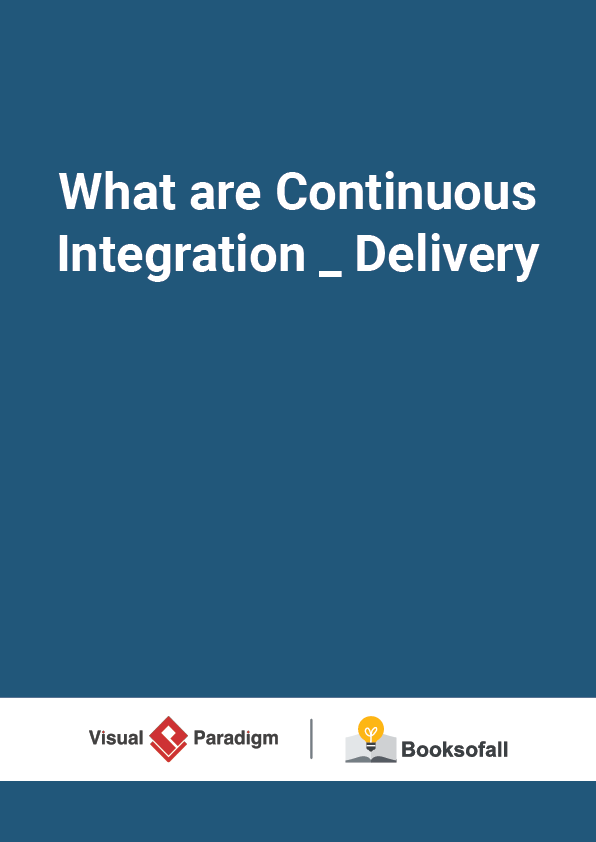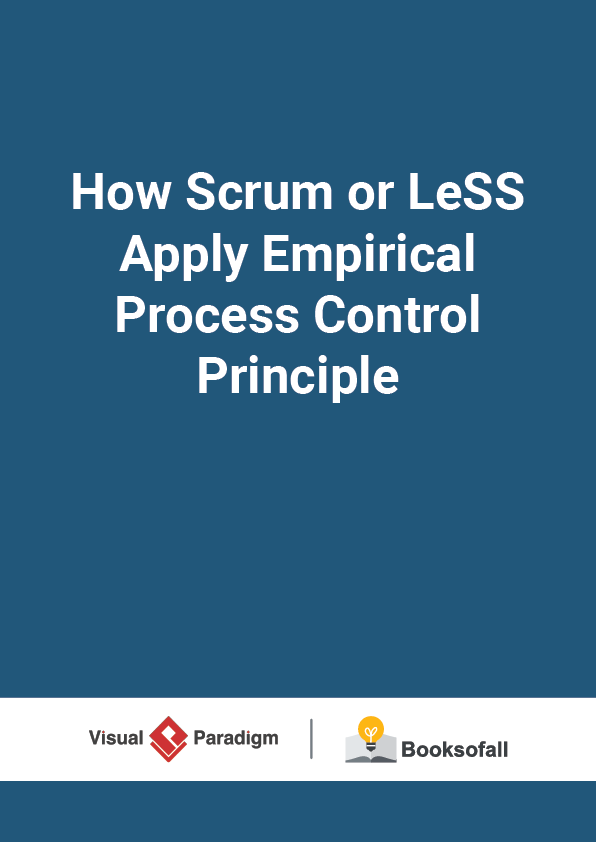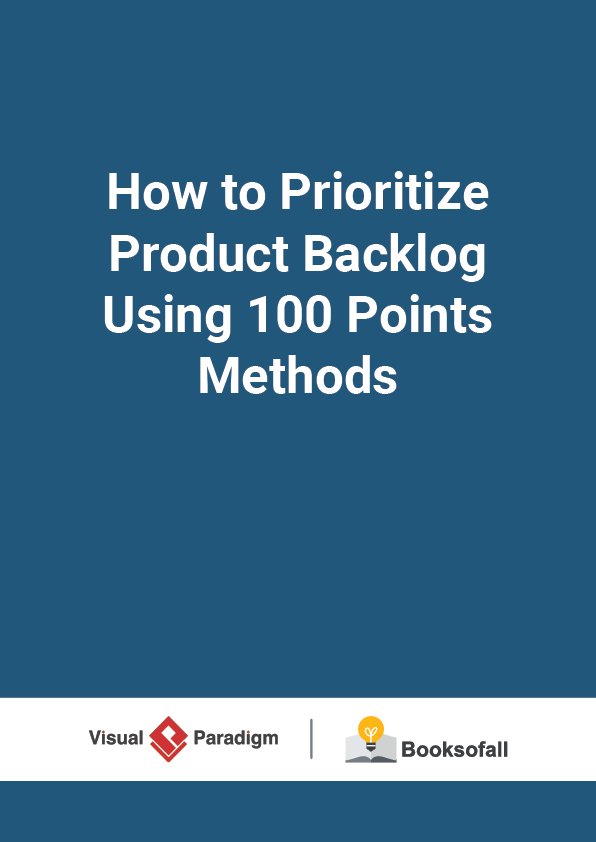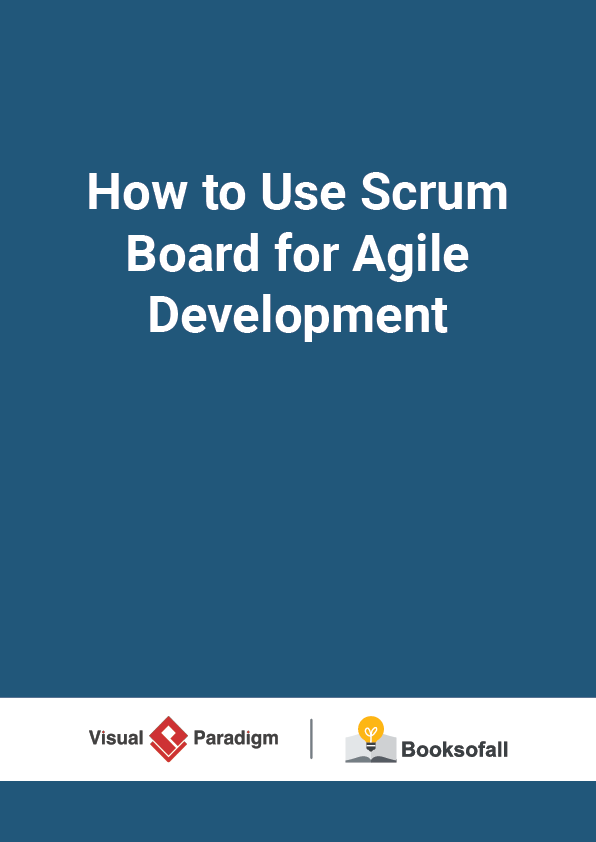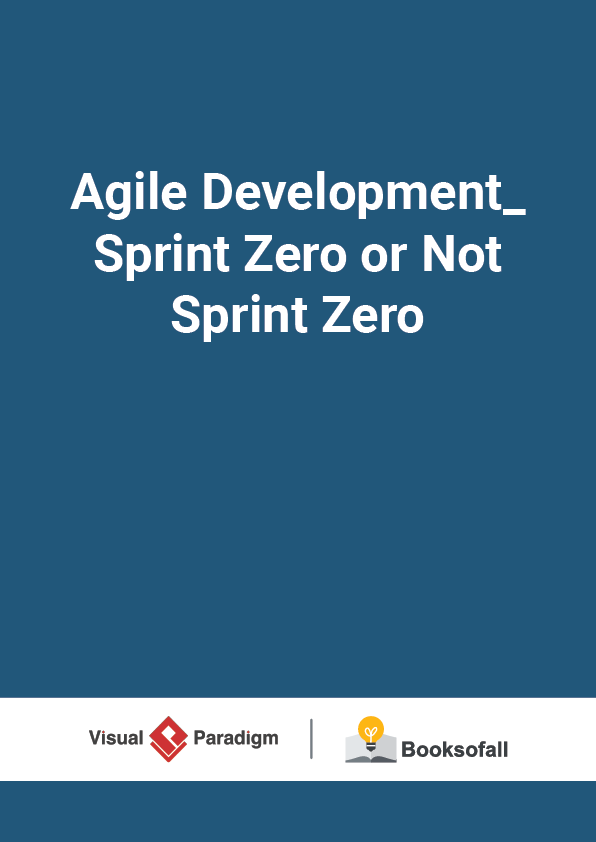What are Continuous Integration / Delivery
5-6 minutes
Continuous Integration vs Continuous Delivery vs Continuous Deployment in Scrum? The commonly used terms “Continuous Integration”, “Continuous Delivery” and “Continuous Deployment”, are referred as an integral part of agile development . These approaches shares the same prefix ‘Continuous’, which suggests and allows integrating the increment (shippable software) as well as to deploy the outcome concurrently without the delay involved in traditional sequential development. In this latest context of agile development, these terms represent delivering the finished increments in the pipeline to be deployed automatically as upgrades.
The primary principle of continuous delivery is to deliver working software incrementally in shorter iterations. In other words, continuous delivery is the implementation of a short cycle where code is frequently develop, build, checked in, tests are automated, and deployments are frequent.
Continuous delivery
Note that:
It doesn’t require short release iterations and simply allows the commitment of new pieces of code when they are ready. This way, developers can update the product multiple times per day, continuously delivering the value to users. This is achieved by a high level of testing and deployment automation.
Continuous Delivery in Scrum In Scrum , it promotes fixed-length sprints of 1- 4 weeks, the sprint ends tests, demo, sprint review , a final sign-off, and the release. Now we want to release more often –continuously. Continuous Integration refers to a software development practice requiring developers to integrate code into a central repository at various times of the day. Besides concurrent and automatic update this allows detecting the problems easily by verifying the different check-in times.
Continuous Delivery is the ability to get changes of all types—including new features, configuration changes, bug fixes and experiments—into production, or into the hands of users, safely and quickly in a sustainable way.
Continuous Deployment extends the approach of continuous integration further by minimizing the time lapse between the time of coding and deploying them.
Continuous delivery in scrum
Benefits of Continuous Delivery
It is often assumed that if we want to deploy software more frequently, we must accept lower levels of stability and reliability in our systems. Many research shows that this is not the case. In fact, develop one feature at a time lowers the risk of each deploy significantly. Your team can get features to the customer faster, enabling faster feedback as well. A continuous delivery pipeline has many benefits for the team, business and the users:
- Shorter time to market
- Lower costs
- Faster feedback
- Happier customers
- Low Risk releases
According to Xebia Labs Survey Report in 2014, continuous delivery takes the lead, with Agile a close second. 36.4% said DeveOps was an initiative for 2014 as shown in the Bar Chart below:
Software project initiative to apply (2014)
Summary
If this sounds too good to be true, bear in mind: continuous delivery is not magic. For example, it takes a lot of stress out of software release. Continuous Delivery in Scrum about continuous, daily improvement by releasing smaller changes more often gets everyone used to a regular, predictable pace, leaving room to response to changes. Best of all, a successful release becomes a shared success, one you can all celebrate together.
